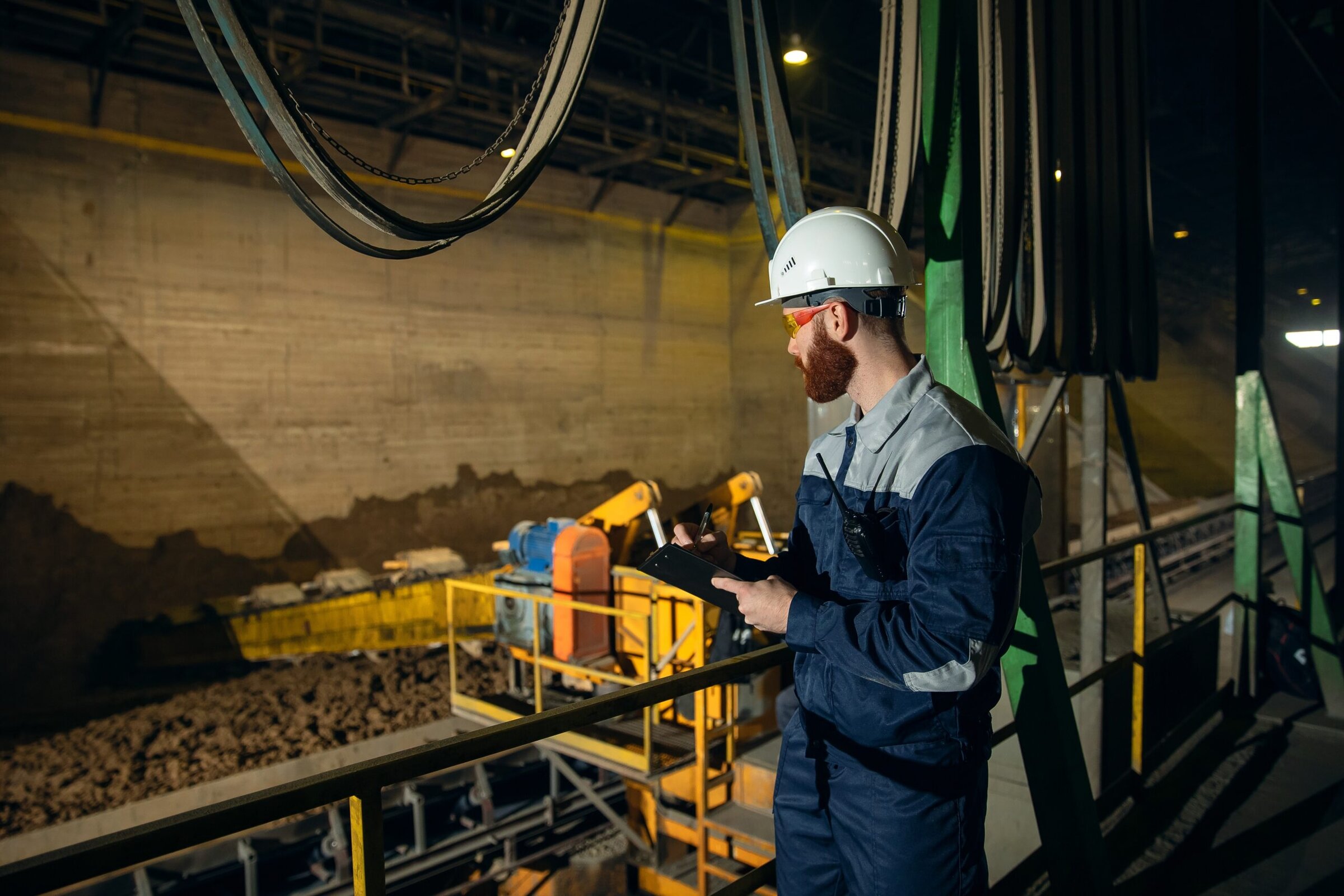Course Description
Explore practical fracture mechanics, microstructural effects, crack growth, and test procedures of ceramics
Engineers who use ceramic components, whether in electronic, optical, or structural applications, recognize that brittleness can result in damage and possible mechanical failure. This On-Demand course will explore the practical fracture mechanics background necessary to understand brittle failure and describe some of the unique characteristics of ceramic materials that must be taken into account in their design and use. Microstructural effects, the deleterious effects of external environments on crack growth, and test procedures will be discussed.
The course also will review best practices in the use of both fracture mechanics and strength tests, the powerful tool of quantitative fractographic analysis in understanding the cause of failure, and a modern, computer-driven approach to statistically examine strength distributions for ceramics and set service stresses to ensure safe lifetimes to very low probabilities of failure.
Course Format
9 lessons | 3.5 hours with lesson slides included | On-Demand
- Part 1: Brittle Fracture and Intro to Fracture Mechanics
- Part 2: Environmentally Enhanced Crack Growth
- Part 3: Modeling of Brittle Fracture
- Part 4: Strength Testing and Analysis
- Part 5: Fractographic Analysis
- Part 6: Effects of Microstructure
- Part 7: Thermal Shock
- Part 8: Reliability and Safety
- Part 9: Summary
Students will have access to on-demand content for 12 months after date of purchase.
*Employees of ACerS Corporate Partners receive the discounted Individual Member rate. Sapphire Corporate Partners receive an additional 20% discount; Diamond Corporate Partners receive an additional 30% discount. Please contact Customer Service or 614-890-4700 to register employees at the discounted Corporate Partner rates.

Stephen Freiman, Ph.D.
Steve Freiman graduated from the Georgia Institute of Technology with a B.ChE. and an M.S. in Metallurgy. After receiving a Ph.D. in materials science and engineering from the University of Florida in 1968, Freiman worked at the IIT Research Institute and the Naval Research Laboratory. He joined NIST in 1978 and from 1992 to 2002 served as Chief of the Ceramics Division at NIST, overseeing programs in ceramic processing and properties. Prior to his leaving NIST in 2006 to start a consulting business (Freiman Consulting Inc.), Freiman served for four years as deputy director of the Materials Science and Engineering Laboratory.
Member Registration Rate
$ 250
Non-Member Registration Rate
$ 350
Course Category
- Manufacturing


